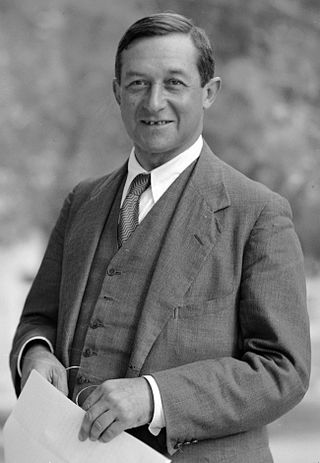Related Research Articles

Judah Leon Magnes was a prominent Reform rabbi in both the United States and Mandatory Palestine. He is best remembered as a leader in the pacifist movement of the World War I period, his advocacy of a binational Jewish-Arab state in Palestine, and as one of the most widely recognized voices of 20th century American Reform Judaism. Magnes served as the first chancellor of the Hebrew University of Jerusalem (1925), and later as its President (1935–1948).
Henry Berkowitz was a Reform rabbi, educator and author.
Samuel Margoshes was a Galician-born Jewish-American Yiddish journalist, newspaper editor, and Zionist.
Solomon Lowenstein was a Jewish-American rabbi, social worker, and philanthropist.
Zvi Hirsch Masliansky was a Belarusian-born Jewish-American rabbi, lecturer, and Zionist.
Leon Kamaiky was a Lithuanian-born Jewish-American newspaper owner and publisher.
Bernard Semel was a Galician-born Jewish-American merchant and philanthropist from New York.
David Maurice Bressler was a German-born Jewish American social worker from New York.
Louise Waterman Wise was a Jewish-American artist and social worker. Her husband was Rabbi Stephen S. Wise.
Simon Federbusch was a Galician-born Jew who served as a rabbi in Poland, Finland, and America.
Otto Alfred Rosalsky was a Jewish-American lawyer and judge from New York.
Bernard Hausner was a Polish rabbi, politician, and diplomat.
Solomon Marcuse Stroock was a Jewish-American lawyer from New York.
Frieda Warburg née Schiff was a Jewish-American philanthropist and communal worker from New York.
Henry Monsky was a Jewish-American lawyer and communal leader from Omaha, Nebraska.
Maximilian Heller was a Czech-born Jewish-American rabbi.
Morris Newfield was a Hungarian-born Jewish-American rabbi from Alabama.
Martin Abraham Meyer was a Jewish-American rabbi.
Lee Kaufer Frankel was a Jewish-American social worker and insurance executive.
Barnett Robert Brickner was a Jewish-American rabbi who ministered in Cleveland, Ohio for over thirty years.
References
- ↑ Fine, Morris; Himmelfarb, Milton, eds. (1964). American Jewish Year Book, 1964 (PDF). Vol. 65. p. 438 – via American Jewish Committee Archives.
- ↑ Adler, Cyrus; Szold, Henrietta, eds. (1905). The American Jewish Year Book, 5666. Philadelphia, P.A.: The Jewish Publication Society of America. p. 112 – via Google Books.
- ↑ Landman, Isaac, ed. (1943). The Universal Jewish Encyclopedia. Vol. 10. New York, N.Y.: The Universal Jewish Encyclopedia, Inc. pp. 444–446 – via Google Books.
- ↑ "Waldman, Morris David". Encyclopedia.com . Retrieved 2022-03-25.
- ↑ Simons, John, ed. (1938). Who's Who in American Jewry, 1938-1939. Vol. 3. New York, N.Y.: National News Association, Inc. pp. 1096–1099 – via FamilySearch.
- ↑ "Morris Waldman, A Jewish Leader" (PDF). The New York Times . Vol. CXII, no. 38578. New York, N.Y. 8 September 1963. p. 87.